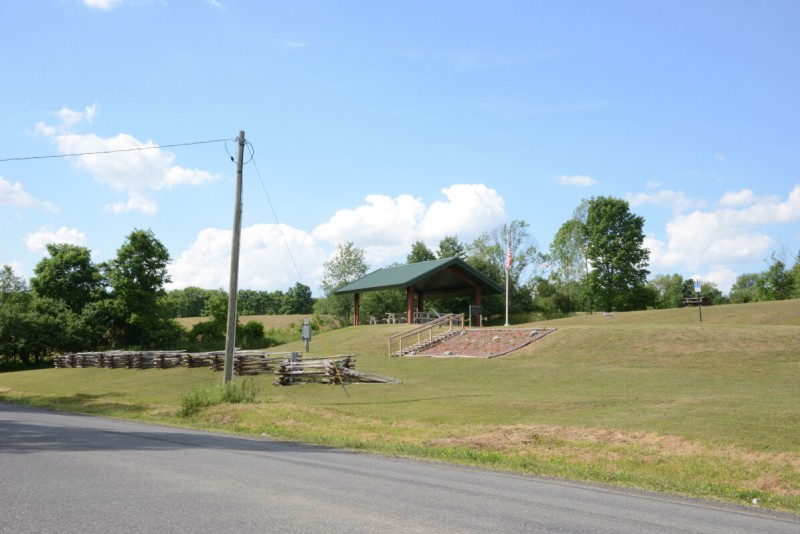
Millard Fillmore was born in 1800 in a log cabin near the current town of Summerhill, in the Finger Lakes district of upstate New York. Two years later his family lost their land due to a defective title, and settled in the town of New Hope.

A few decades later the cabin was torn down and used as firewood. The place remained forgotten until 1931, when it was identified to the local historical society by an elderly gentleman who remembered it from a childhood visit. He indicated the exact cabin location, and a state historical marker was erected on the roadside.
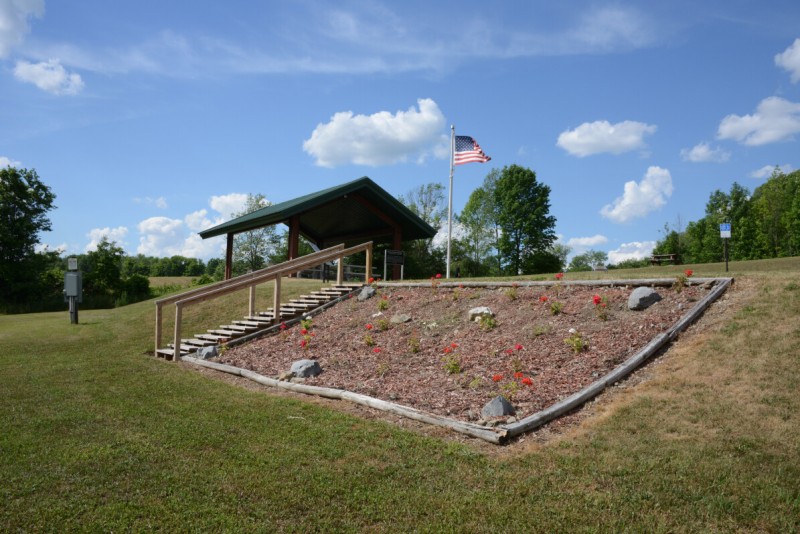
Later, a roadside park was established by a local historical society, and the location of the cabin was further delineated.
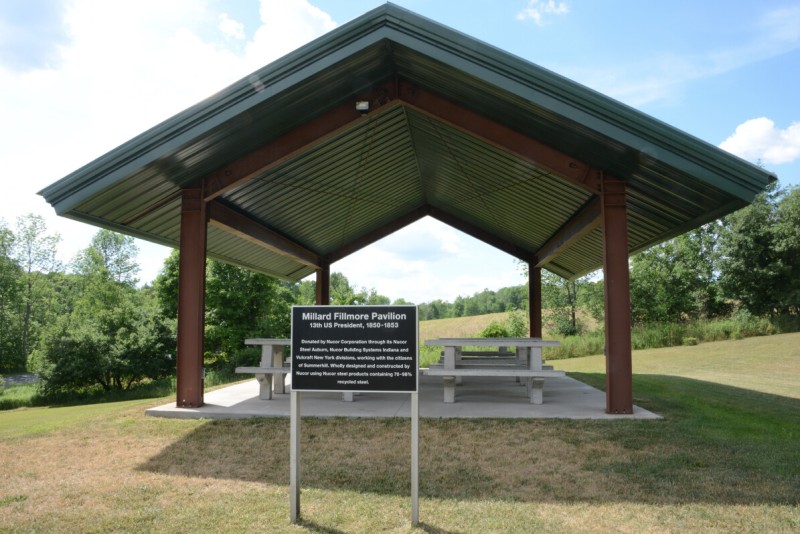
In 2003, the Nucor Steel Corporation, which has one of its mills in the region, built a pavilion at the site (after plans to build a museum in nearby Moravia fell through).
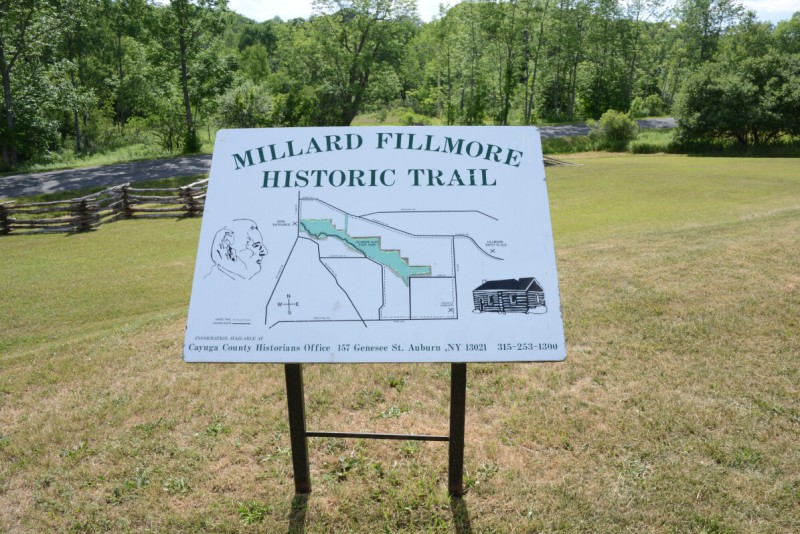
The site is on Fillmore Road, which is still a remote place. Five miles west is the town of Morovia, and the entrance to Fillmore Glen State Park.
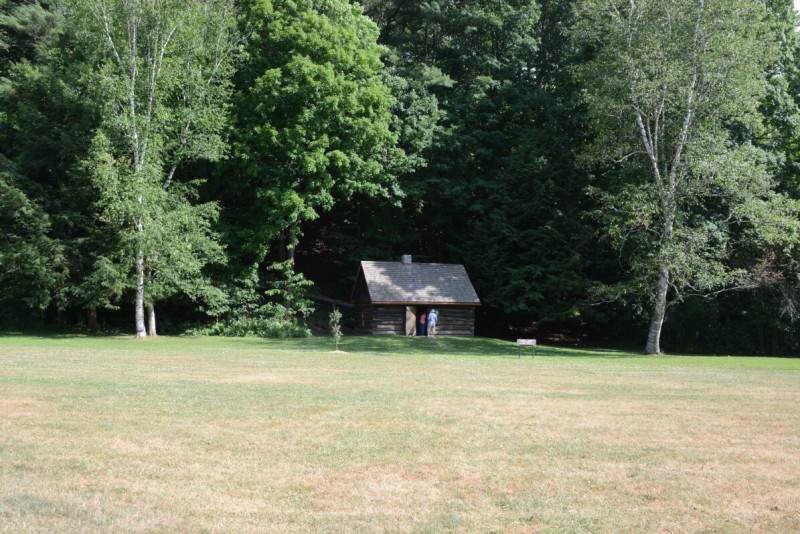
Inside the park is a replica of Millard Fillmore’s birthplace cabin in Summerhill.

The replica was built in 1965 by the Millard Fillmore Historical Association, using wood from another old cabin located three miles away.
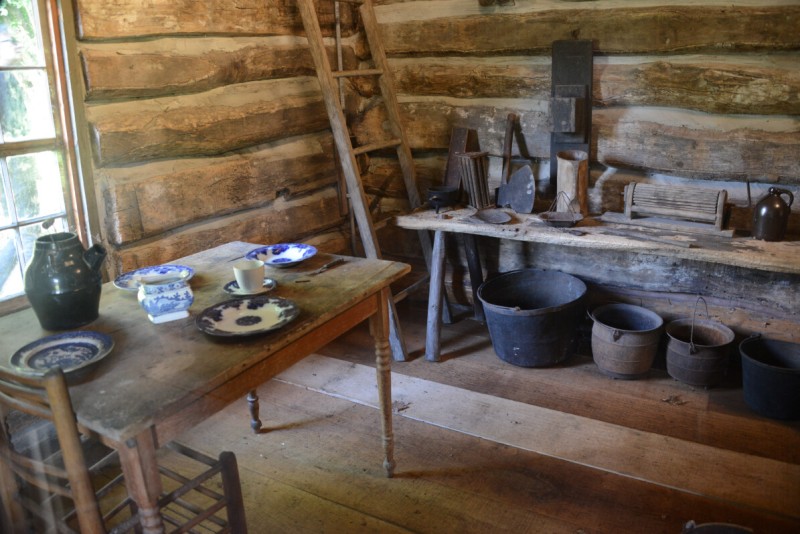
It was restored recently by volunteers, and is furnished with recreated and period artifacts.
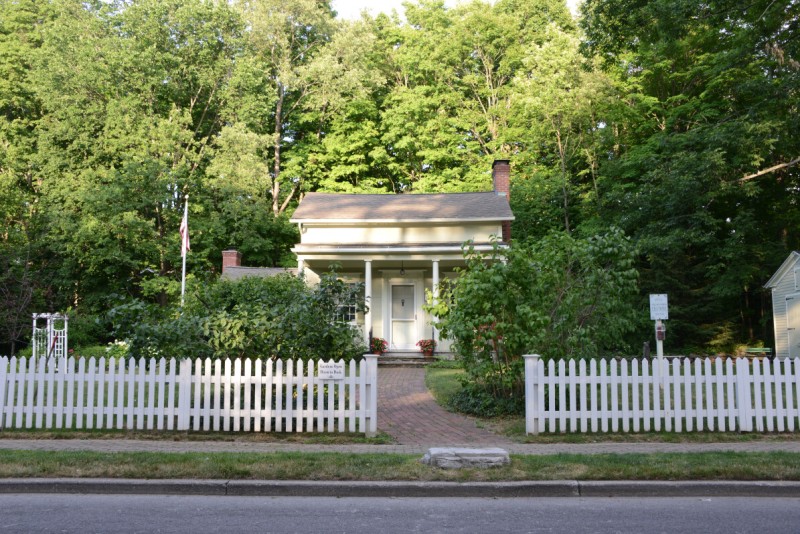
As a young adult, Millard Fillmore studied law, then established a practice in East Aurora, a town south of Buffalo, where, in 1826, he built a house. He and his wife lived in this house for four years.

Millard Fillmore’s house in East Aurora was originally on Main Street (where the movie theater is now) and by the early 1900s, it was in disrepair. In 1930, the main portion of the house was purchased by Margaret Evans Price, and moved to a side street, for use as an art studio.
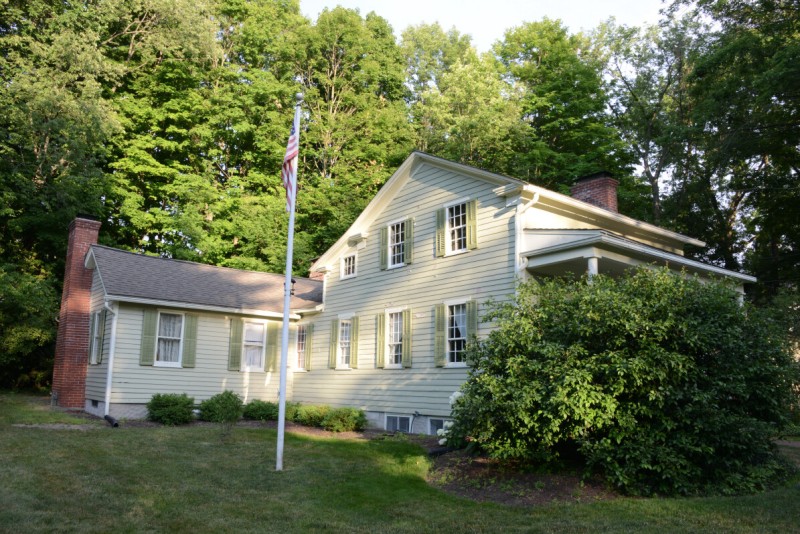
That year Margaret, who was an artist and illustrator of children’s books, and her husband, who was the town’s mayor, formed a toy company called Fisher-Price.

Lithographs of characters from her children’s books were produced in her studio, and applied to wood block pull toys at the factory in town. Bankrolled by her husband, who was a former executive at Woolworths, the company grew quickly. The headquarters are a few blocks away.
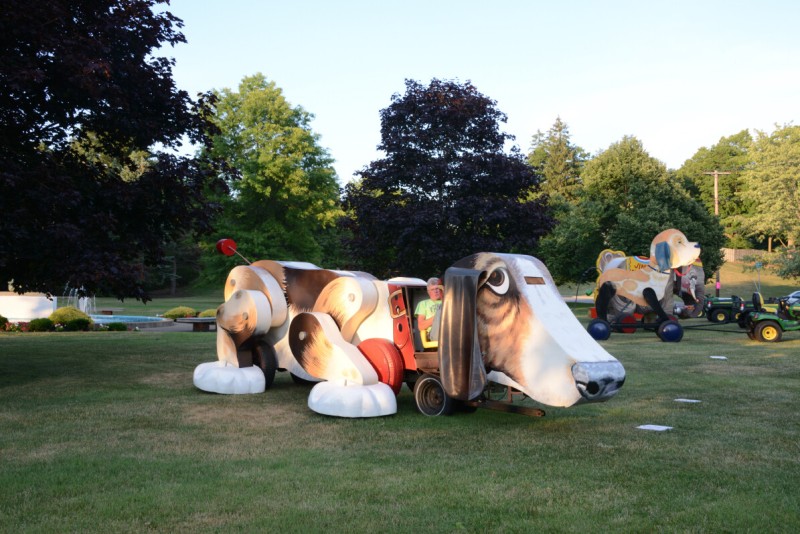
Fisher-Price went plastic in the 1950s, and made preschool versions of miniature airports, parking garages, and barns. It is now owned by toy-giant Mattel.

In 1975, the local historical society acquired Millard Fillmore’s house from the Price family, and restored it to its 1826 appearance as best they could. It was opened it to the public, and is the only museum dedicated to the president.
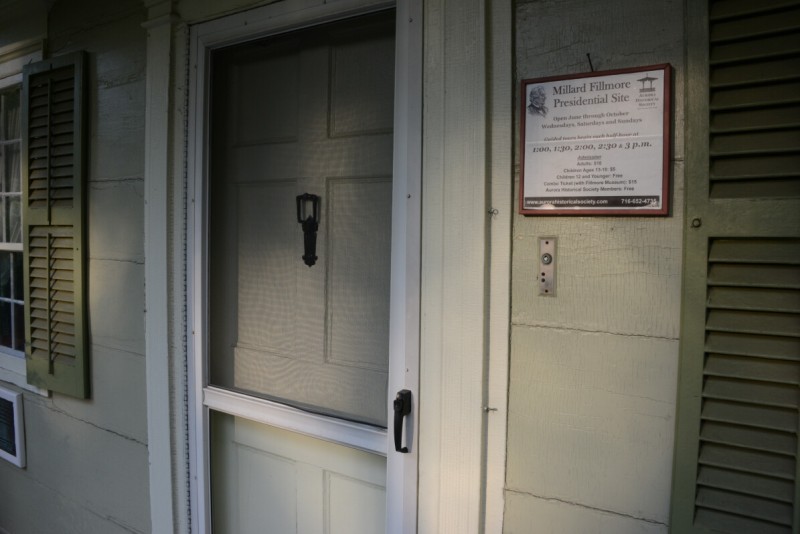
In 1830, Fillmore moved to Buffalo, where his law practice expanded, and he became a prominent citizen, a founder of the University of Buffalo, and a politician.

He later became Zachary Taylor’s vice president. When Taylor died in office in 1850, after 16 months as president, Millard Fillmore became president and served until the end of term, then returned to Buffalo, where he remained civically active.
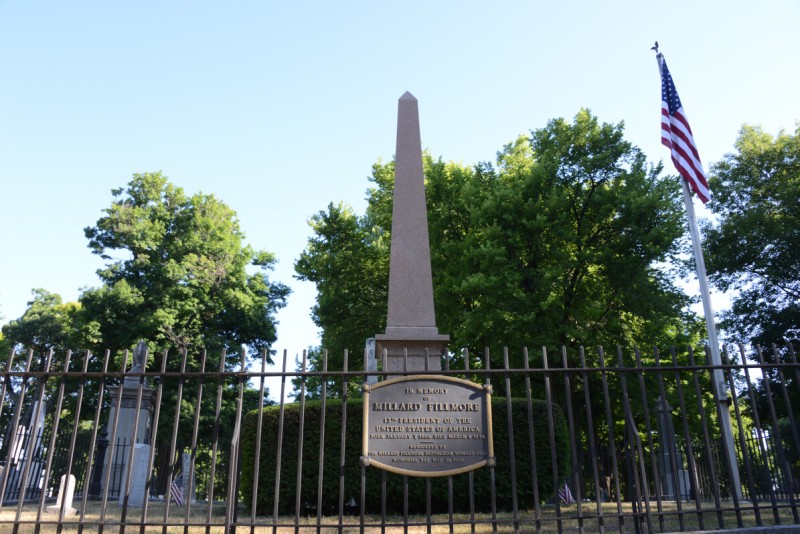
He died in 1874, and is buried in Forest Lawn Cemetery in Buffalo.
